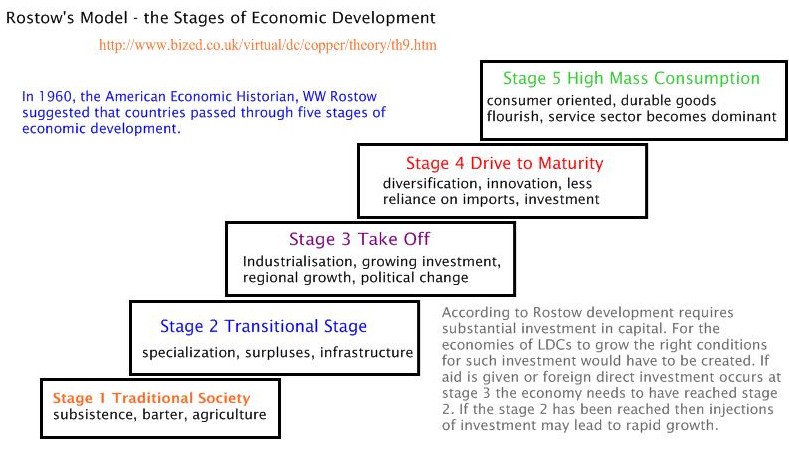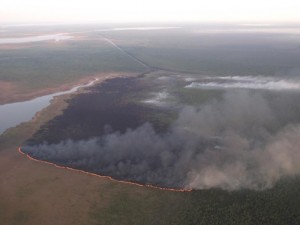 Oceana has released their list of finalists for the Ocean Hero award. As always, the finalists represent people who have done some amazing things for our oceans. This year, one of the nominees for the “Junior Hero” category is Sophi Bromenshenkel, an 8 year old shark conservationist.
Oceana has released their list of finalists for the Ocean Hero award. As always, the finalists represent people who have done some amazing things for our oceans. This year, one of the nominees for the “Junior Hero” category is Sophi Bromenshenkel, an 8 year old shark conservationist.
The Deep Sea Conservation Coalition (DSCC), an alliance of over 70 international organizations working to promote the conservation of deep sea biodiversity, has officially launch their blog – Save the Deep Sea. We all care about the wondrous life that exists in the deep sea – both known and unknown – and we all recognize … Read More “Saving the Deep Sea” »





